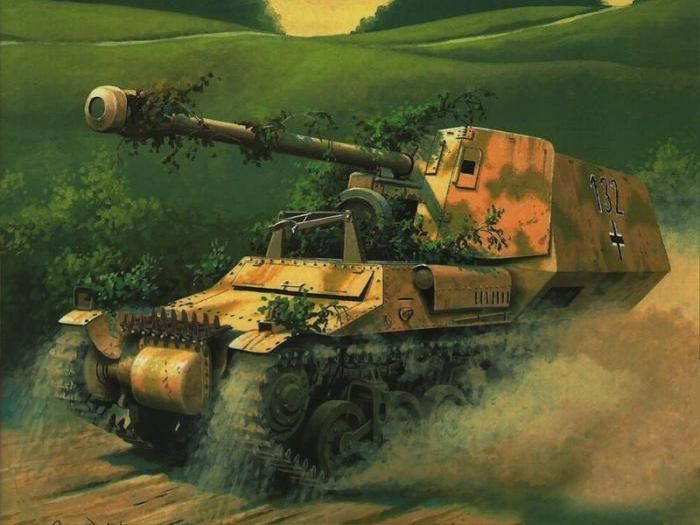|
|
Tank Drawing
|
Although tank tactics developed rapidly during the war, piecemeal deployments, mechanical problems, and poor mobility limited the military significance of the tank in World War I, and the tank did not fulfill its promise of rendering trench warfare obsolete. Nonetheless, it was clear to military thinkers on both sides that tanks would play a significant role in future conflicts.
• Interwar period
In the interwar period tanks underwent further mechanical development. In terms of tactics, J.F.C. Fuller's doctrine of spearhead attacks with massed tank formations was the basis for work by Heinz Guderian in Germany, Percy Hobart in Britain, Adna R. Chaffee, Jr., in the U.S., Charles de Gaulle in France, and Mikhail Tukhachevsky in the USSR. All came to similar conclusions, but in the Second World War only Germany would initially put the theory into practice on a large scale, and it was their superior tactics and French blunders, not superior weapons, that made blitzkrieg so successful in May 1940.
Germany, Italy and the Soviet Union all experimented heavily with tank warfare during their clandestine and “volunteer” involvement in the Spanish Civil War, which saw some of the earliest examples of successful mechanised combined arms — such as when Republican troops, equipped with Soviet-supplied medium tanks and supported by aircraft, eventually routed Italian troops fighting for the Nationalists in the seven-day Battle of Guadalajara in 1937.
|
|









